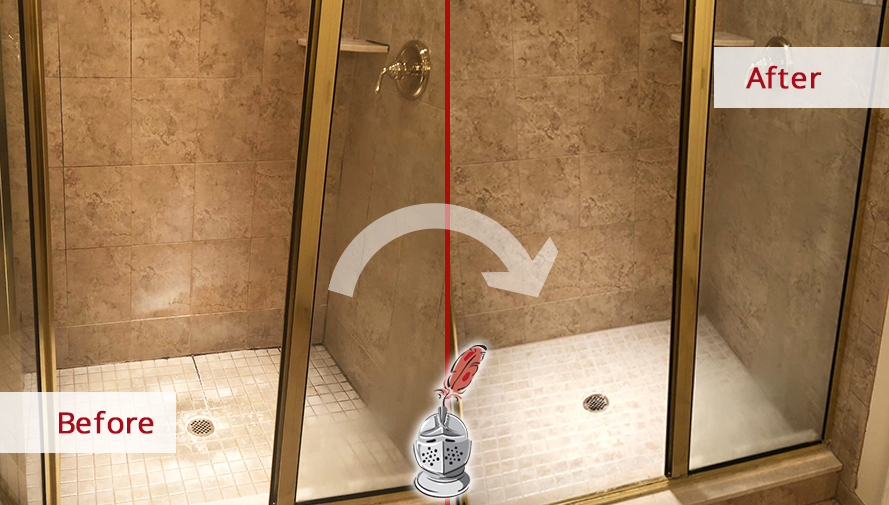Just How to Avoid Water Damage in Your Bathroom
Just How to Avoid Water Damage in Your Bathroom
Blog Article
Everybody has got their own individual assumption in relation to How to Fix a Water Damage Bathroom.

The shower room is very susceptible for damp build-up as well as prospective water damages because of the constant use water in it. This write-up supplies straightforward inspection strategies to aid identifying water damages threats.
The constant use water in the washroom makes it extremely vulnerable for wet buildup and also possible water damages. By evaluating it consistently, you can lower water related damages.
The following set of evaluations is simple to do as well as must be done as soon as in every three months in order to keep your bathroom in good shape and to avoid prospective water problems triggered by the tub, the shower, pipe joints as well as plumbing, sinks, cabinets, and the toilet
Do not neglect performing these inspections and be thorough while executing them. Bear in mind that these easy evaluations can save you a lot of cash by supplying very early indicators for water damage
Sinks and Cabinets
Sinks and also closets are revealed to wetness as well as moisture everyday and are often forgotten. Check routinely under the sink and also on the counter top above it. Fix any type of drip in the catch as it might suggest drainpipe issues. Look around the sink, sluggish draining pipes might suggest an obstructed drainpipe. Replace sink seals if they are split or loose.
Bath tub as well as Shower
The shower and tub require unique interest and also maintenance. Examine the ceramic tiles and change if cracked. See to it that there is no missing cement between the floor tiles. Examine and also replace fractured caulking at joints where the walls fulfill the floor or the bath tub. Blocked drains pipes as well as pipelines problems will certainly avoid the tub from drying out as well as might indicate severe problems underneath the bathtub. Talk to a professional right away to stop structural damages. Pay attention to stainings or soft locations around the bathtub walls as they might show an internal leakage.
Plumbing
Signs for water damages are difficult to find since a lot of pipelines are installed inside the wall surfaces.
Pay unique attention to flooring as well as wall surfaces moisture as well as spots as they might indicate an undetectable plumbing trouble. Check wetness degrees in adjacent rooms also.
The Commode
The commode is a susceptible water junction. Inspect the water lines and also search for leaks around the bathroom seat, in the tube, and also under the water tank. If you discover any kind of indicators of moisture on the floor around the toilet, check for leaks in the toilet edge and also container seals.
Be aware that hanging toilet bowl antiperspirants raises the opportunities for clogs.
TIPS TO PREVENT WATER DAMAGE IN THE BATHROOM
The average household uses approximately 80-100 gallons of water per person per day. For a family of 4, that's almost 2,500 gallons of water a week! The largest portion of this consumption comes from bathroom use. Flushing the toilet uses the most water, followed by taking a shower or bath. With that much water running through the home, water damage in the bathroom is bound to happen. Knowing how to spot signs of a water leak is essential to preventing long-term damage. This guide provides you with tips to reduce the impact of water damage on your bathroom.
CAUSES OF BATHROOM WATER DAMAGE
Pipe breaks are the most common cause of water damage we see in our daily jobs. The age of a pipe plays a large role in a pipe break as well as corrosion. Over time, the metal begins to break down, allowing water to escape. Frozen pipe breaks are also a concern in the winter months. Toilet overflows caused by paper products or children flushing inappropriate items. Degraded caulking around the toilet or bathtub can allow water seepage, sometimes behind the fixture, into the subfloor or walls. Condensation forms when the water in a pipe is cooler than the air temperature. Beads of water form on the exterior of the pipes, sometimes so much so that the water begins to drip and pool below. Sink or shower backups created by poor drainage. HOW TO PREVENT WATER DAMAGE IN YOUR BATHROOM
Inspect your toilet supply line for worn or frayed hoses and replace them as needed. Winterize your plumbing to prevent a frozen pipe break. Use vent fans to prevent condensation that can lead to mold growth. Routinely check and replace degraded caulking around your toilet or bathtub. Increase the temperature in your toilet tank and insulate your pipes during the warm summer months to keep condensation from forming. Use child safety locks on the toilets. Flush only toilet paper. "Flushable" wet wipes are actually not good for your plumbing system. Additionally, feminine hygiene products should not be flushed. Prevent water from escaping the tub or shower. Make sure shower curtains are in good condition. Inspect shower doors and replace the seal strip if necessary. Wipe up any water that accumulates on the floor and use bath mats. Water left to sit can cause damage to the tiles and flooring. Refrain from using bath products containing heavy oils to avoid a clogged drain.

I hope you enjoyed reading our topic on How to Prevent Bathroom Water Damage. Thanks a ton for finding the time to read through our piece of content. For those who enjoyed our blog posting plz be sure to share it. I love reading our article about How to Fix a Water Damage Bathroom.
Book Now! Report this page